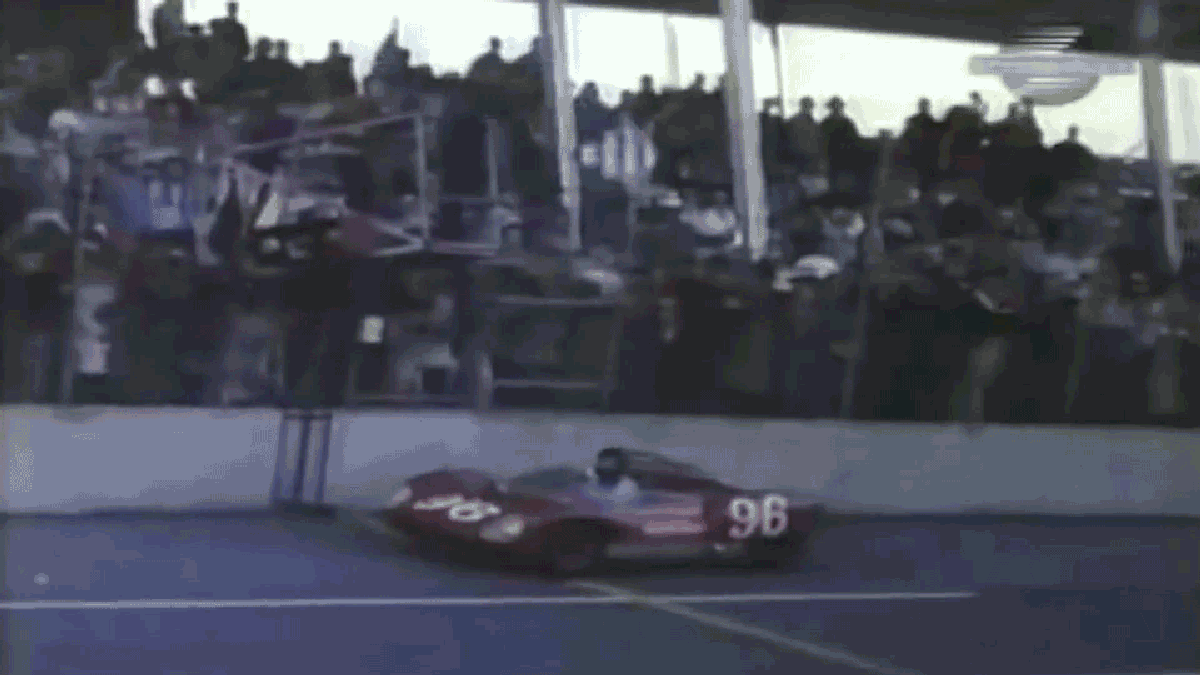Why Dan Gurney Coasted To Victory At Daytona in 1962

Photo: brendan007 / YouTube
Later today, the 60th running of the 24 Hours of Daytona will begin on the legendary superspeedway’s road course. While this is an occasion worth celebrating, this year’s race isn’t actually the 60th 24-hour race held at Daytona International Speedway. The first two editions of the endurance classic were 3 hours in length, then known as the Daytona Continental.
Despite the shorter duration in comparison, the field of the inaugural Daytona Continental in 1962 was just as star-studded as a modern Rolex 24. The 3-hour race featured notable drivers from a variety of racing disciplines. Indianapolis 500 Champions A.J. Foyt and Rodger Ward drove a pair of Nichels Pontiac Tempests. The future 1962 Daytona 500 Champion Fireball Roberts and 1962 NASCAR Grand National Champion Joe Weatherly appeared away from their usual realm of stock car racing. The contingent from Europe was just as impressive and featured Stirling Moss, Innes Ireland, Olivier Gendebien, Jo Bonnier and Jim Clark.
North Americans familiar with sports car racing on this continent would dominate the fight for the podium positions. Jim Hall finished third in his Chaparral 1. The overall victory was contested between a NART Ferrari 246 SP, driven by the reigning Formula 1 Champion Phil Hill and young Mexican star Ricardo Rodríguez, and a Lotus 15 Monte Carlo driven by then-Porsche factory driver Dan Gurney.
The Continental went down to the final lap as Gurney had to fight his own car for the win primarily. Dan Gurney was able to build a lap advantage over Rodríguez. Near the end of the race, Gurney’s Lotus suffered a terminal engine failure. He parked his car feet away from the finish line with less than two minutes to go. Gurney knew if he crossed the line before time expired, he would have to run an additional lap that his Lotus couldn’t complete. He waited until the checkered flag was waved, turned down the tri-oval banking slightly and let gravity roll his car across the line for the win.
He told Motor Sport, “The engine blew pretty seriously and I thought a rod had probably gone through the block, so the starter motor wouldn’t have turned the engine. I just put it in neutral, then used the banking to let the car roll down and across the line.”
The stunning victory was just the beginning of a long tradition of sports car racing at Daytona International Speedway. By 1966, the race’s duration was extended to 24 hours. Hopefully, this weekend’s running of the Rolex 24 has a finish just as entertaining as the 1962 Daytona Continental.







